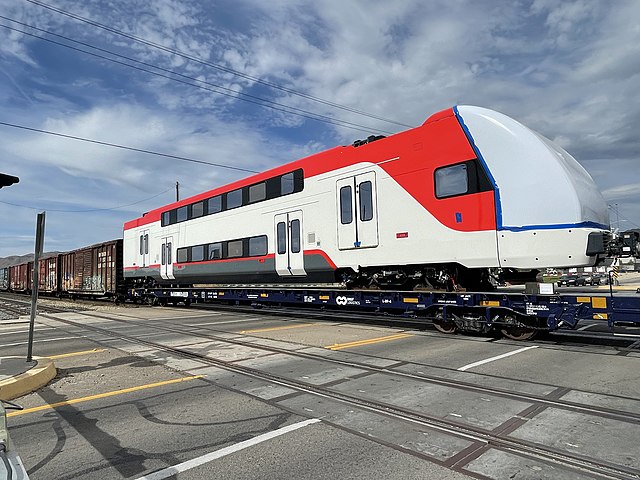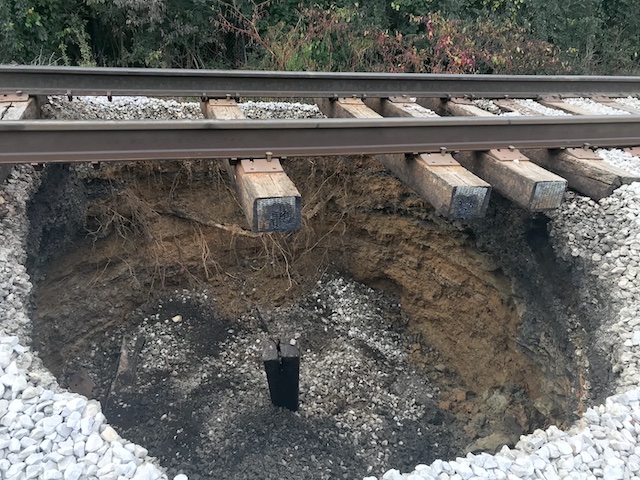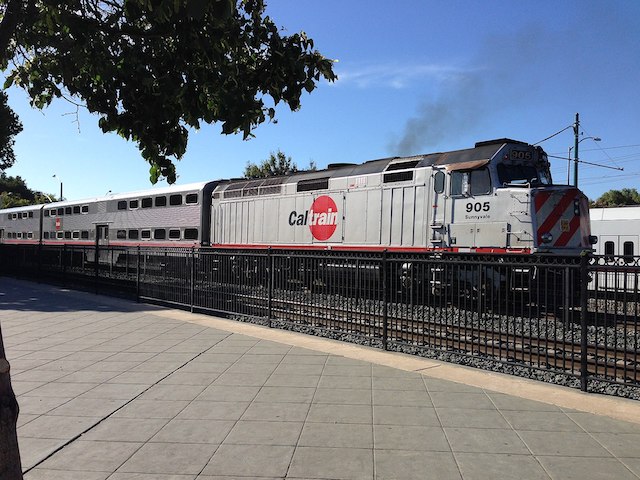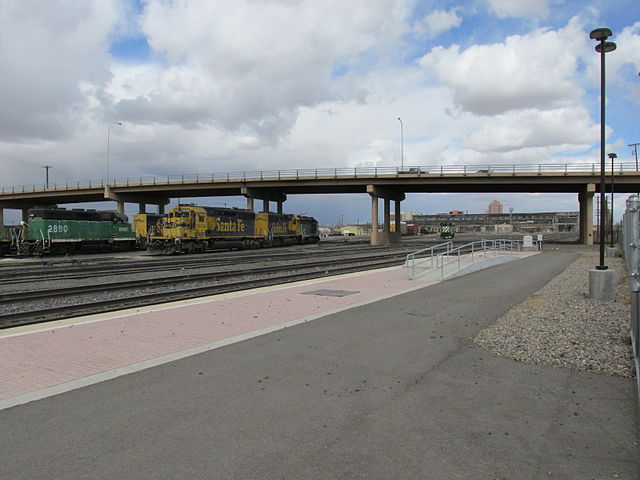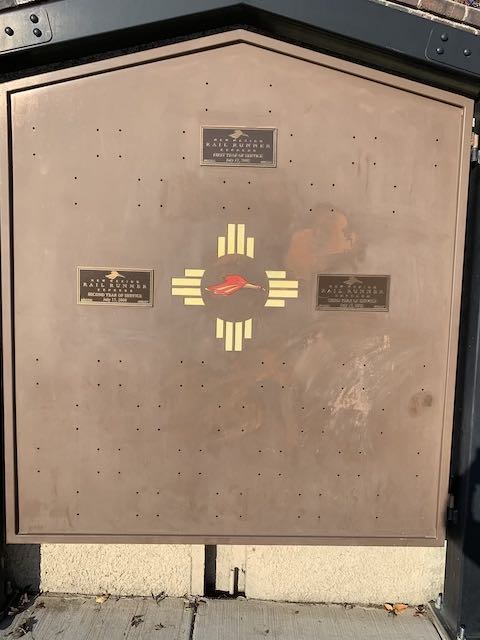The cost of electrifying commuter trains between San Francisco and San Jose has gone up to $2.44 billion, according to Caltrain, which runs the trains. What’s interesting is that Caltrain says this is an increase of $462 million over the “initial estimate.” That would make the initial estimate $1.98 billion.
A new Caltrain electric-powered passenger car being delivered to California. As part of electrification, the entire fleet of locomotives and passenger cars must be replaced. Photo by Martijn van Exel.
However, I have a 2015 document from the Federal Transit Administration that puts the cost at $1.758 billion, or $222 million less than the supposed “initial estimate.” This estimate is in “year-of-expenditure” dollars, meaning it is adjusted for inflation. It’s funny how initial estimates creep up over time to make it seem like the cost overruns aren’t as great as they really are. Continue reading

